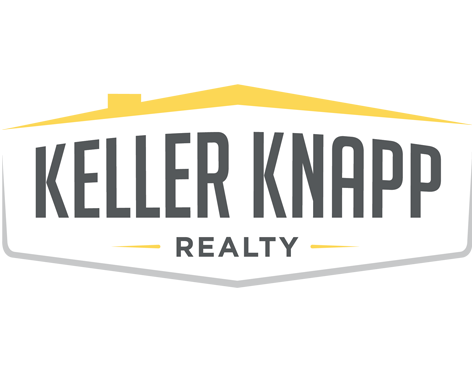Individuals with low incomes have historically struggled to become homeowners, cut off from the opportunity to not only build wealth through equity, but also establish an appreciating, long-term asset. New research now shows the homeownership rate in the lowest income tier is catching up to that of high-earners, edging closer since the onset of the recovery.
According to a study by Trulia, the homeownership rate of high-income households is 2.3 times the rate of low-income households: 77 percent versus 34.9 percent. The disparity, however, has thinned since 2012, when the homeownership rate of high-income households was 2.4 times higher than that of low-income households. The trend largely follows past housing cycles, with the gap narrowing during upswings and widening during downturns.
The study demonstrates the margin is more pronounced in major metropolitan areas, where the homeownership rate of high-income households is 79.3 percent, compared to the homeownership rate of low-income households at 27.9 percent—a 2.8 times difference. Some cities have a 4.4 times variance. The starkest inequalities tend to be where—among several indicators—households change homes more often and incomes are most disproportionate, such as Los Angeles, New Haven, Conn., and New York.
There is also a link between home values and the rate gap, the study illustrates, with the former closing as values become more evenly dispersed throughout a metro area (i.e., low-income households have a better chance of buying a home within their means when there is a higher variation in values).
Many other factors play a part in housing inequality, including the average age of a city’s population and homeownership tenure—and, as such, low-income households have improved homeownership rates depending on location, the study shows. Low-income households are more likely to own, for instance, in Daytona Beach, Fla., Long Island, N.Y., and Troy, Mich., where the homeownership rate of high-income households is just 2 times that of low-income households.
While little can be done about the demographic-based causes of the rate gap (e.g., age of population), study author Felipe Chacón, housing economist for Trulia, notes the potential for policy implementations to address the other issues driving inequality:
While demographic factors in some metros, such as a younger than average population, may be fueling unequal housing outcomes, along with a national trend that has been pointing to a gradually widening gap, there still seems to be plenty of opportunity for changes to local housing policy that could move the needle in a favorable wave for low-income groups.
For more information, please visit www.trulia.com.
This recent article from RIS Media editor Suzanne De Vita, is timely, given the discussion in Atlanta about affordable housing intown.
Suzanne De Vita is RISMedia’s online news editor. Email her your real estate news ideas at sdevita@rismedia.com.




